This circle algorithm art activity introduces basic coding skills by giving kids a set of rules and steps to follow to create unique designs in each circle!
An algorithm is a set of specific steps that you can follow to solve a problem. In programming algorithms are used to create solutions to problems that can be reused, like when sorting or searching for something.
One way to teach your children about algorithms and unplugged coding is to have them create algorithm art drawings.
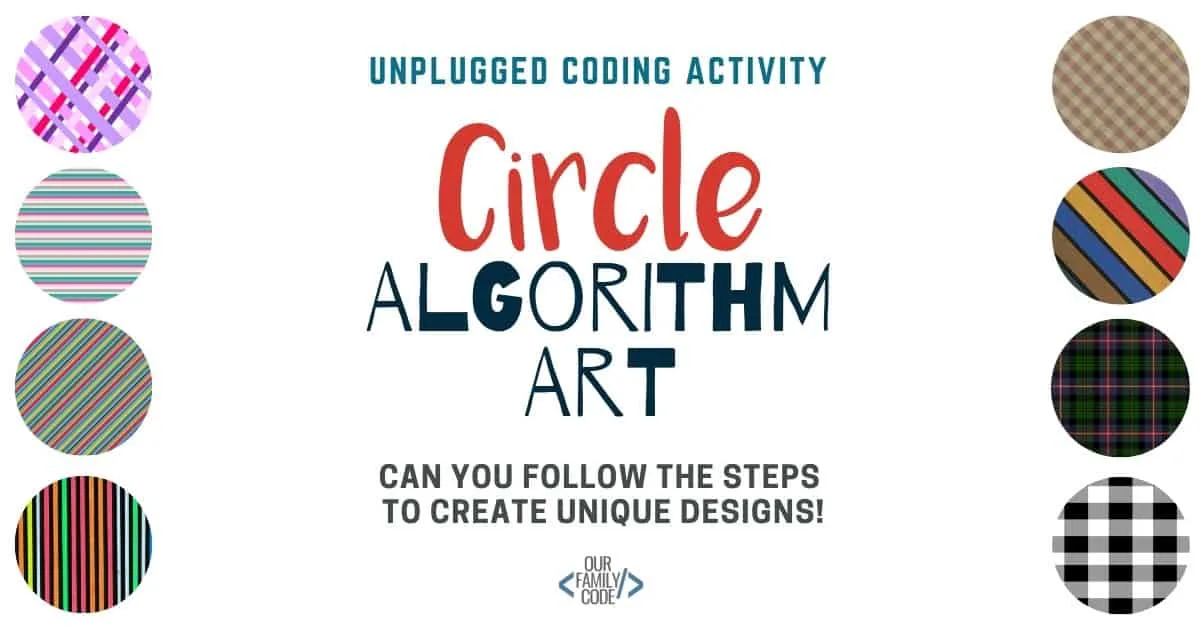
Circles & Pi
Pi, or π, is the ratio of the circumference of a circle to the diameter. In case you need a refresher, the circumference of a circle is the distance all the way around and the diameter of a circle is the distance across the middle.
Pi begins 3.1415 and mathematicians have spent thousands of years studying this irrational number. Trillions of digits of Pi have been identified so far!
We love to geek out with Pi activities this time of year and this circle algorithm art is a great way to incorporate Pi with tech + art!
You’ll also enjoy: Pi Necklace Coding Unplugged Coding Activity
Frequently Asked Questions about Pi
3.1415926535 8979323846 2643383279 5028841971 6939937510 5820974944 5923078164 0628620899 8628034825 3421170679
Pi is the ratio of the circumference of any circle to the diameter of that circle. The approximate value of Pi is 3.14.
Archimedes of Syracuse was the first person to calculate Pi.
Pi is an irrational number and has no final digit.
Circle Algorithm Art Drawing – Follow the Rule
The Rule: Every circle must be unique.
This means that each circle must be different. It doesn’t mean that the same line pattern cannot be reused. It just means that if horizontal lines, for example, are used twice then the colors must be different.
Circle Algorithm Drawing – Use the Algorithm
Decorate each circle according to the instructions in the algorithm. The circle algorithm for this activity is:
- Draw lines
- Use more than 3 lines
- Use at least 2 colors
This algorithm applies to each circle. To work through the activity, children should follow the complete algorithm before moving on to another circle. Every circle should look different.
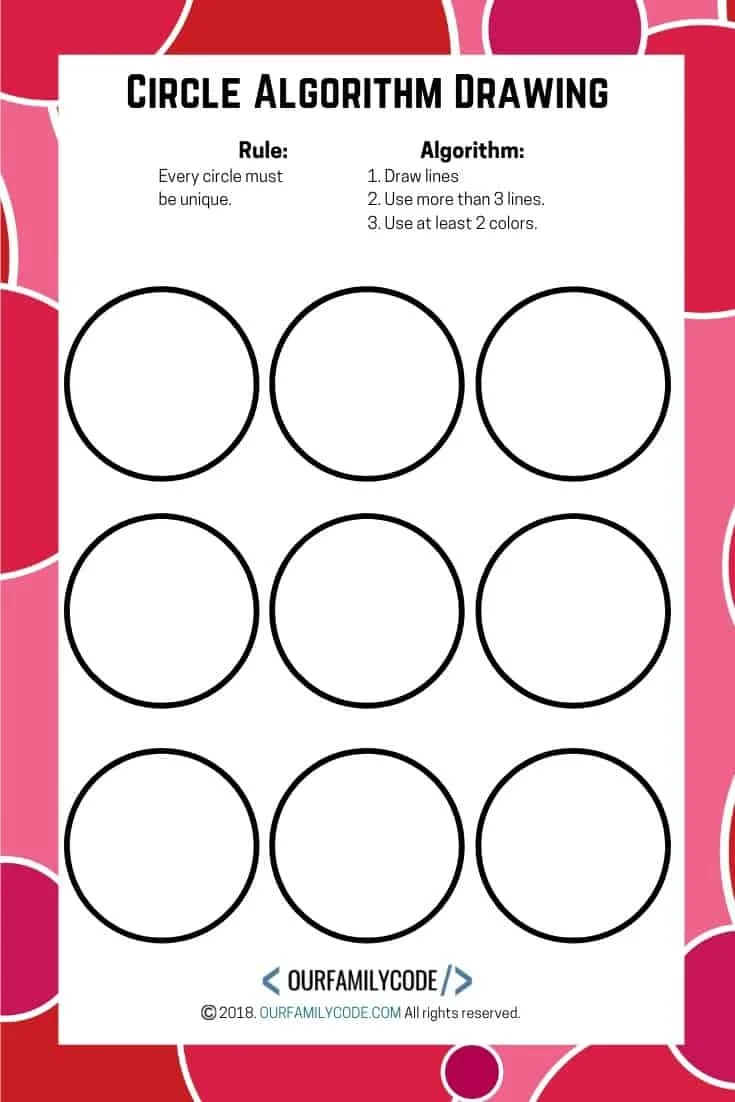
How to Solve the Circle Algorithm Art Activity
Start with the first circle and follow the algorithm listed. There must be more than three lines used in the circle and there must be at least two colors used.
After you have colored all circles, make sure that you have followed the rule and produced 9 different circle designs. You’ll find an example of possible answers for this activity below.
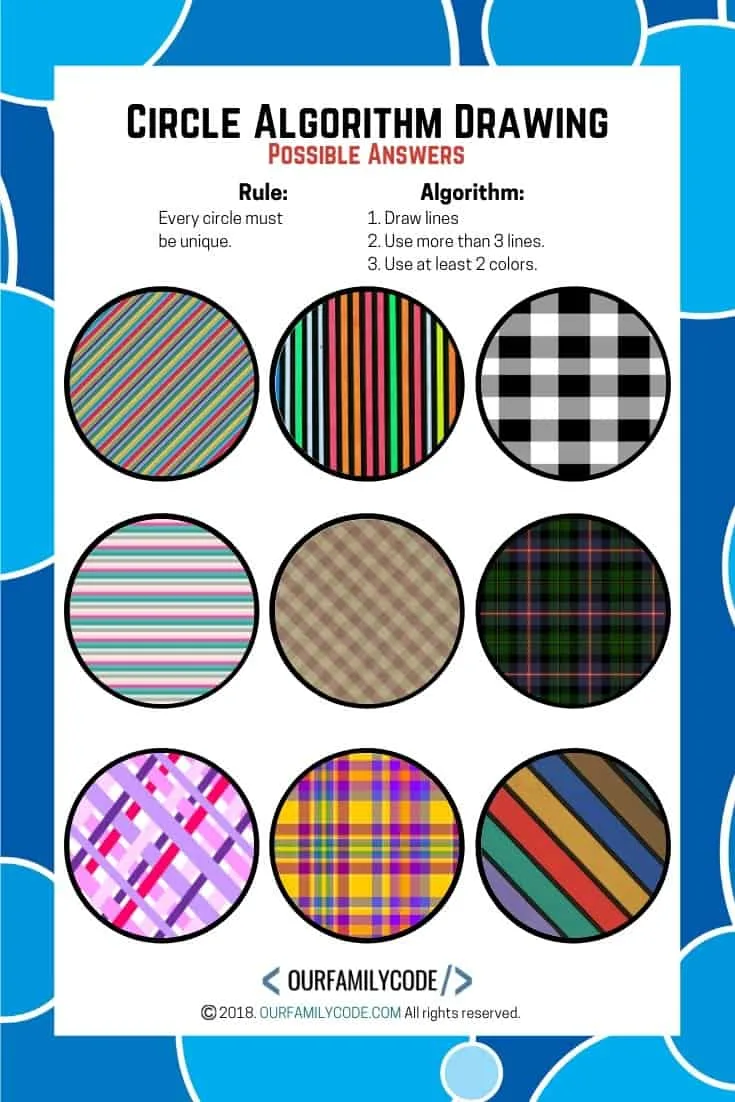
Share your circle algorithm art designs!
Once you’ve decorated your circles, send us a picture of your circle designs on Facebook or Instagram!
WHY ARE UNPLUGGED CODING ACTIVITIES IMPORTANT?
Unplugged coding activities are designed to build the foundation of coding. These activities allow kids to participate in kinesthetic opportunities that help them relate the concepts they are learning to their own lives and teach children how to think logically about objects, how to break down large tasks into smaller tasks that are easier to complete, and how to identify errors.
Working hands-on makes coding concepts tangible and unplugged coding activities are ideal for young coders. Unplugged activities are great for classrooms or homes that don’t have access to the internet or a computer and ideal for young students who don’t have experience working with computers.
It’s never too early to start teaching the foundation of coding.
WHAT IS COMPUTATIONAL THINKING?
Computational thinking can be used to solve problems in almost all areas of our lives and helps kids develop some pretty great life skills that can apply to a variety of situations.
A computational thinker approaches problems with a hands-on approach and playing to solve a problem. They work together with others to reach common goals and persevere when faced with difficult problems.
Computational thinkers find and fix errors in complex problems (debug!) and design solutions for open-ended problems.
SOME BOOKS TO READ WITH YOUR ACTIVITY
We love incorporating books into our activities. Here are some great books about coding to read with your activity!
- Lauren Ipsum: A Story About Computer Science and Other Improbable Things by Carlos Bueno
- Who Says Women Can’t Be Computer Programmers? The Story of Ada Lovelace by Tanya Lee Stone
- Hello Ruby: Adventures in Coding by Linda Liukas
- How to Code a Sandcastle by Josh Funk
PIN THIS IMAGE TO SAVE THIS ALGORITHM CIRCLE COLORING ACTIVITY
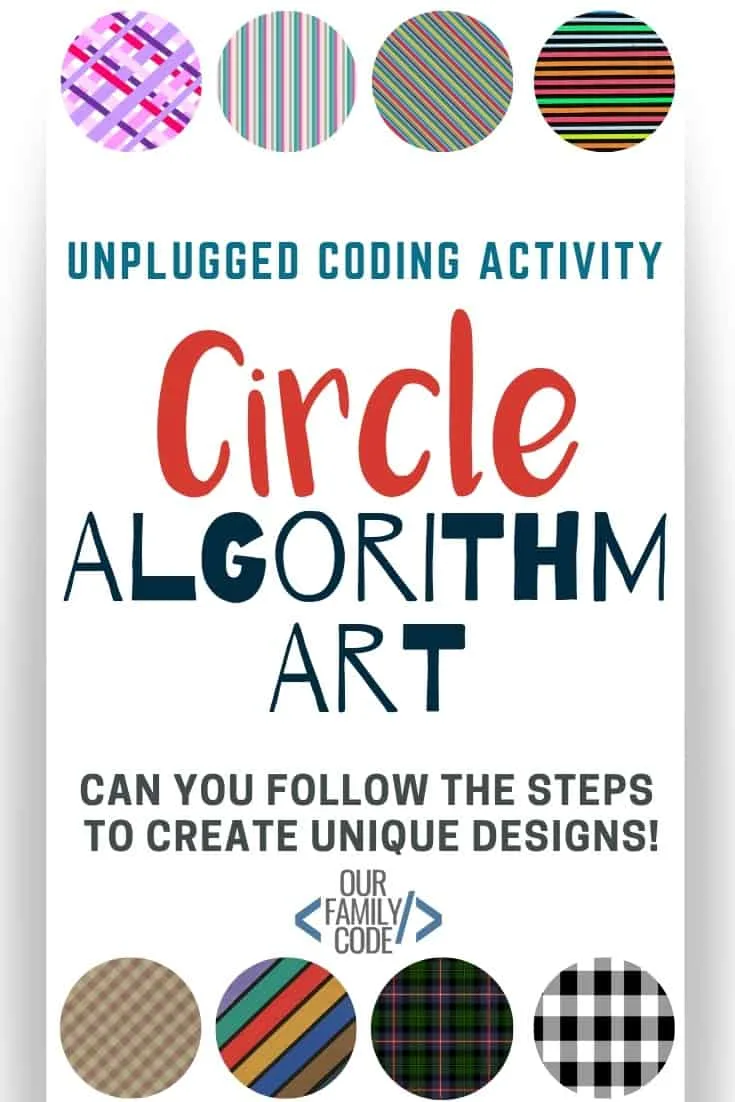
Find more Pi Day Activities
Check out these great STEAM Pi Day activities for kids that pair math with technology, art, engineering, and science!
Pilish: How to Write a Poem for Pi Day
The number Pi, inspired it’s own language known as “Pilish”. Pilish is a challenging form of writing. Learn it today and write a piem!
First 100 Digits of Pi Color Wheel Activity
Learn the first 100 digits of Pi with this color wheel activity that helps kids to visualize numbers of Pi in the first 100 digits and learn about color wheels!
Pi Necklace Coding Unplugged Coding Activity
We love to pair math and technology to create fun art! This Pi Necklace coding activity is the perfect combination of math, binary, and hexadecimal coding for upper elementary and middle school students. It’s also an engaging Pi Day activity!
Pi Mosaic Color Coding
We love math and art activities! We work with pixel puzzles and mosaic squares quite a bit in our house and decided to use turn a skyline activity into a color coding mosaic pi cityscape activity that works on basic programming skills while introducing Pi.
Finding Pi with Math Sun Catchers
The goal of the Finding Pi with Math Sun Catchers activity is to explore the number Pi and prove that it is a mathematical constant by making math sun catchers out of fuse beads for a fun math + art STEAM activity! This is a great activity for upper elementary and middle school kids.
Learn about Circles with Watercolor Compass Art
We love any reason to geek out and Pi Day is one of our favorite days to enjoy some math and art activities! From coding Pi necklaces to creating Pi mosaic cityscapes, we try to do a range of projects in our house so that each of our kids can geek out with us! This watercolor compass art activity is perfect for a wide range of ages and learning levels
How to Code a Circle with JavaScript
This math + art + technology activity is designed to show how JavaScript programs can be used to make drawings and introduce kids to the coordinate system used.
Meet Toni, the Maker Mom behind Our Family Code

Hey there, I’m Toni! I’m a software engineer and Maker Mom that finds my joy in unleashing my children’s curiosity by exploring STEAM concepts with my fantastic five!
When I’m not chasing toddlers or raising tweens, you can find me tearing things up and putting them back together over here at Our Family Code.
I am the owner and content creator of multiple educational websites designed to increase access to STEAM & STEM education with a focus on teaching computer science and coding to kids of all ages!
You can also find out more about me by visiting ToniGardner.com!
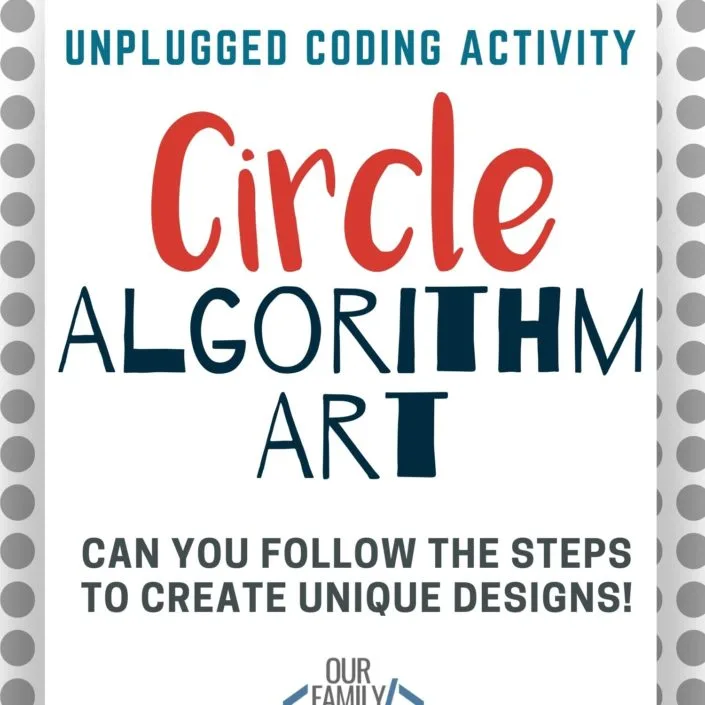

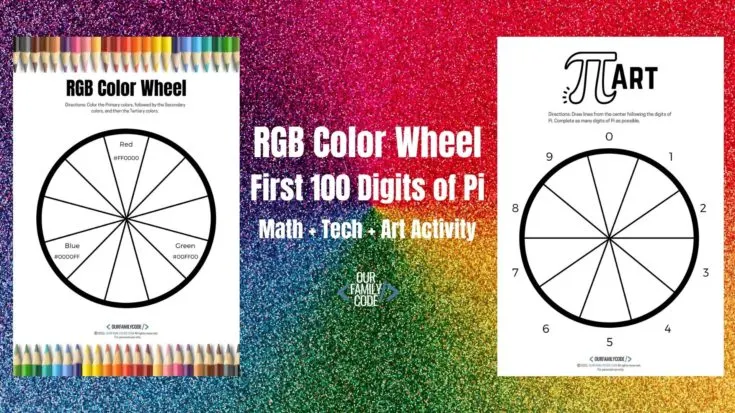
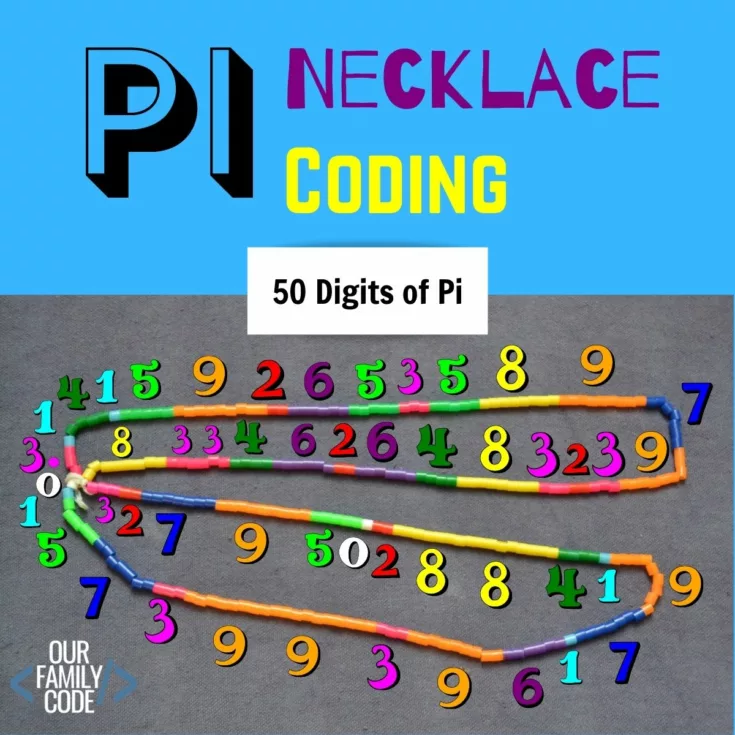
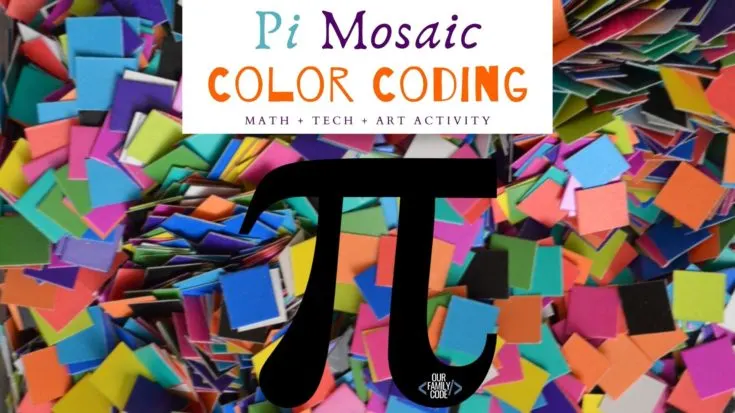
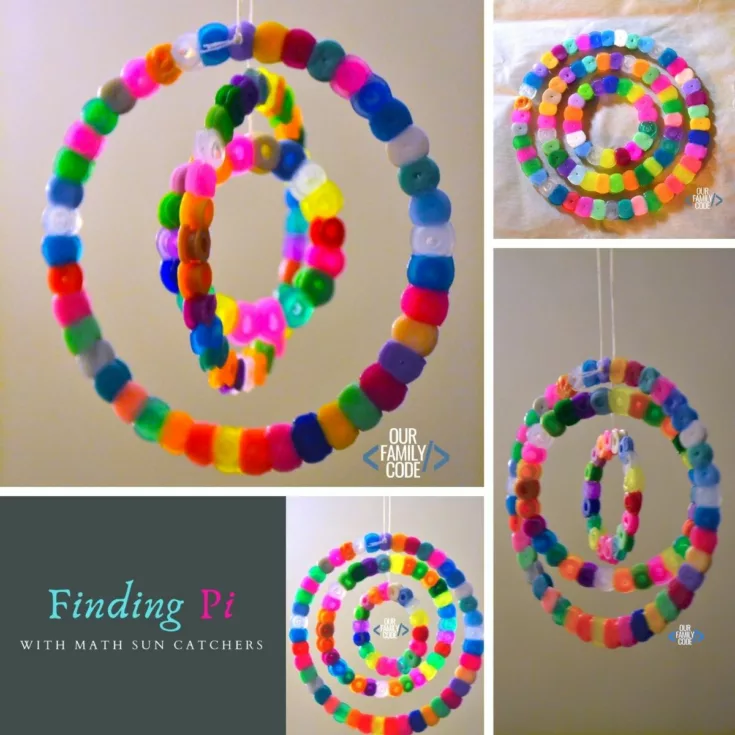
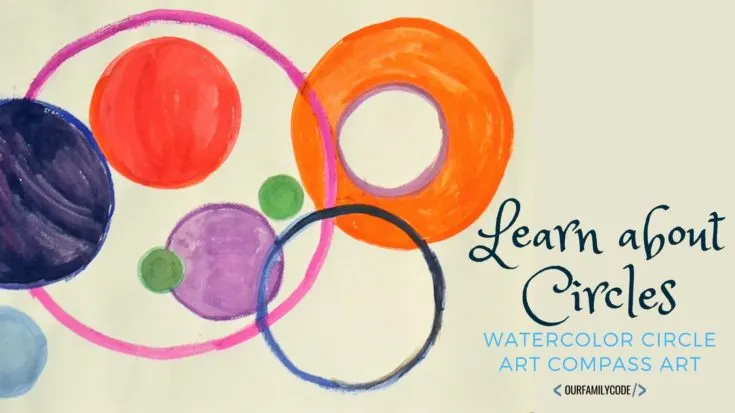
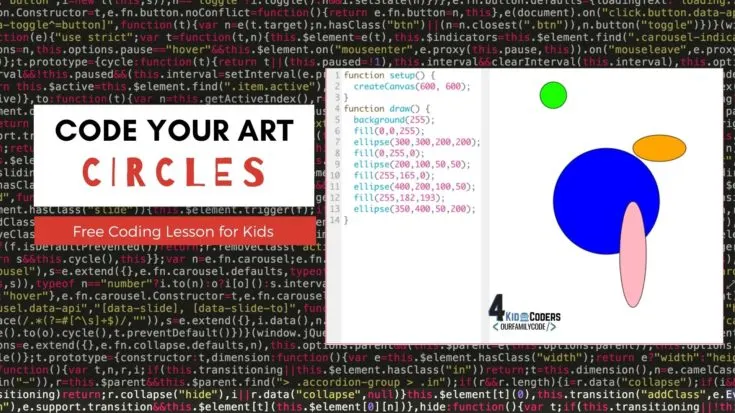
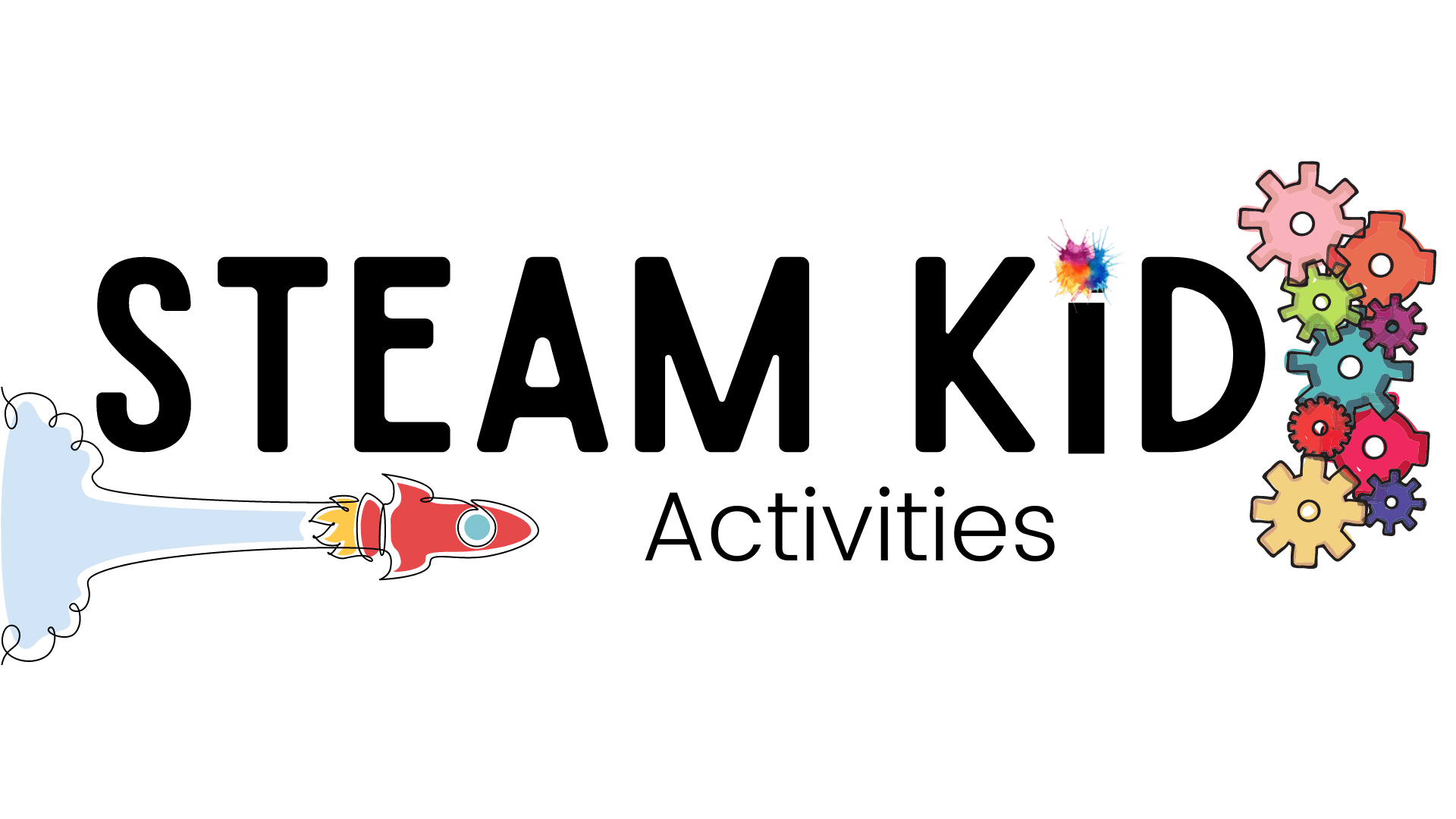

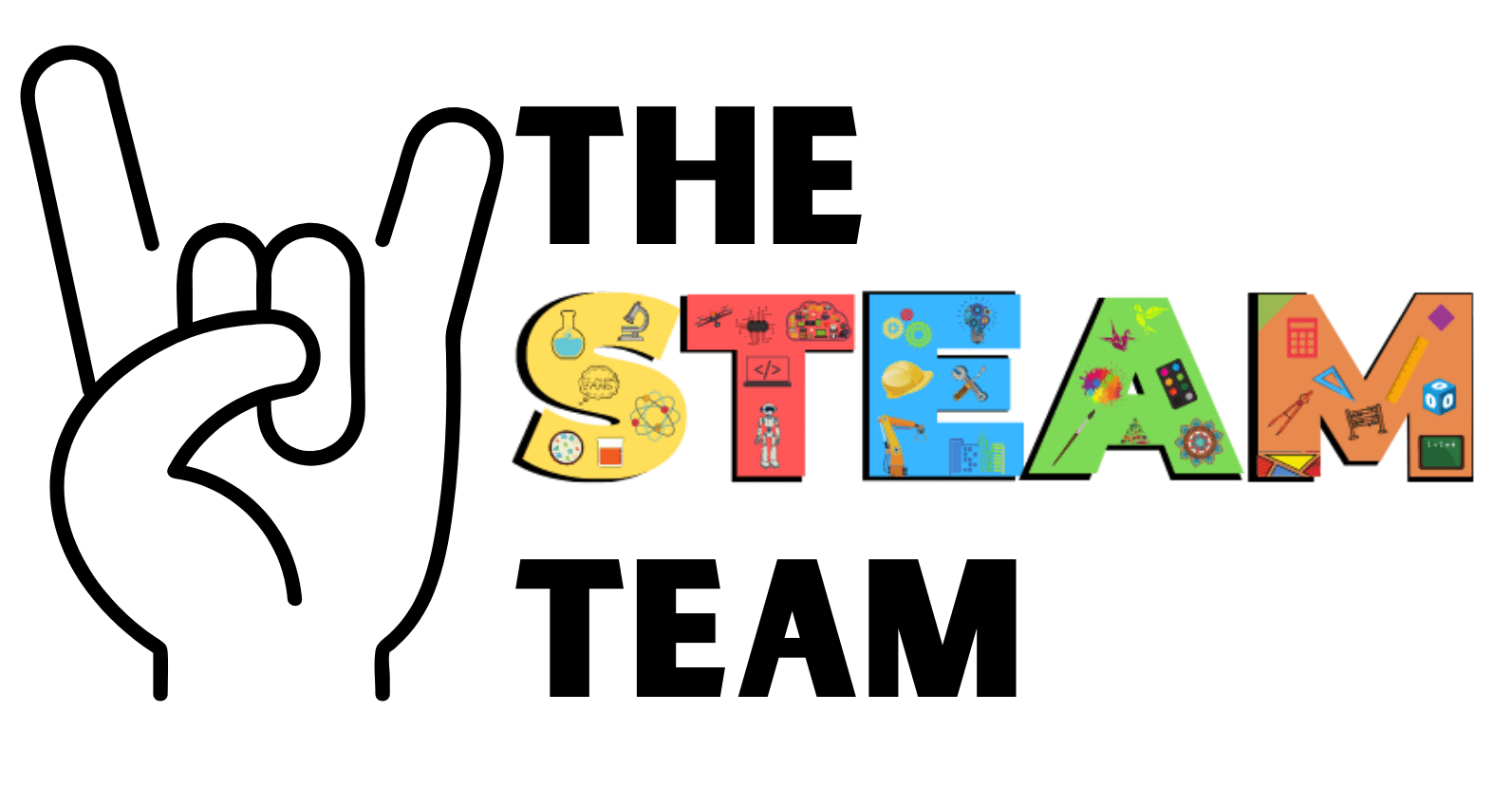
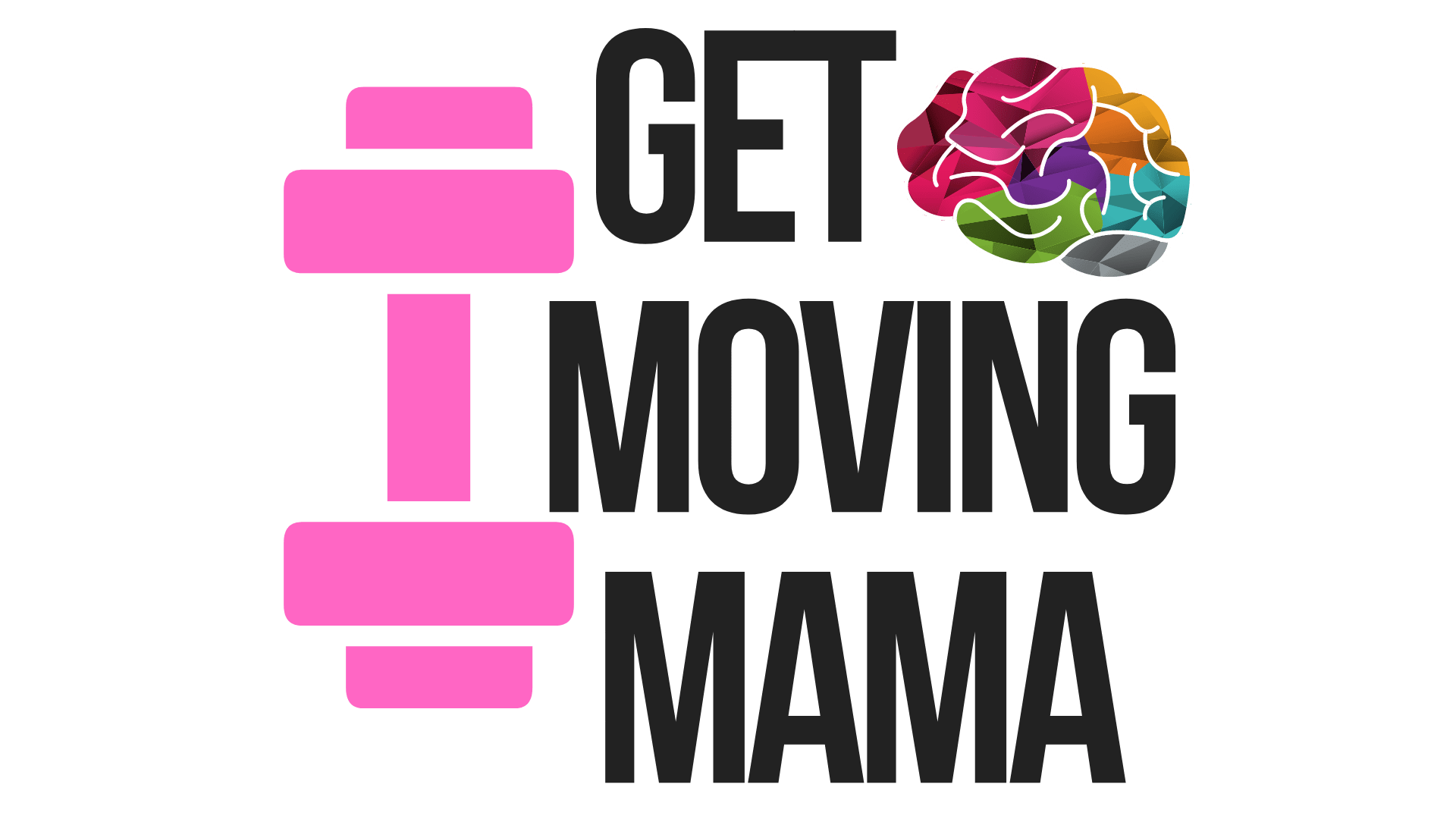


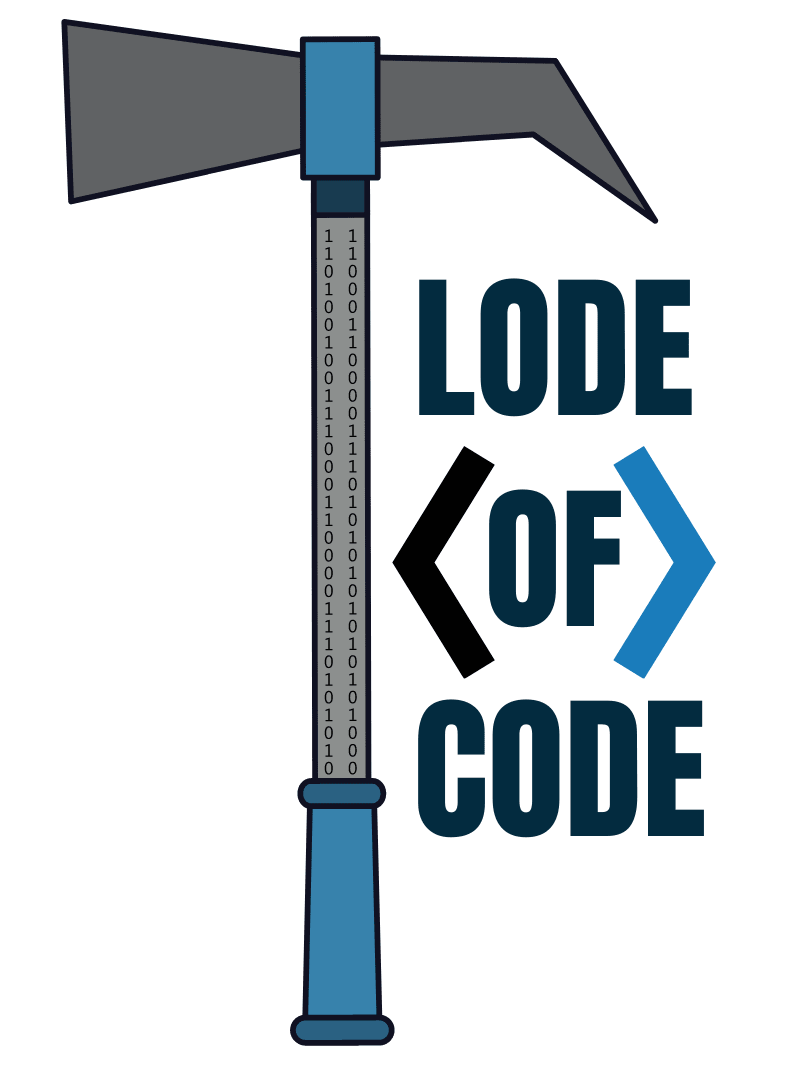
TechyKids Canada
Wednesday 4th of August 2021
Activities like these are perfect for making learning fun for kids. It can help them cement their knowledge and even spark their enthusiasm towards coding. Thanks for sharing this idea!